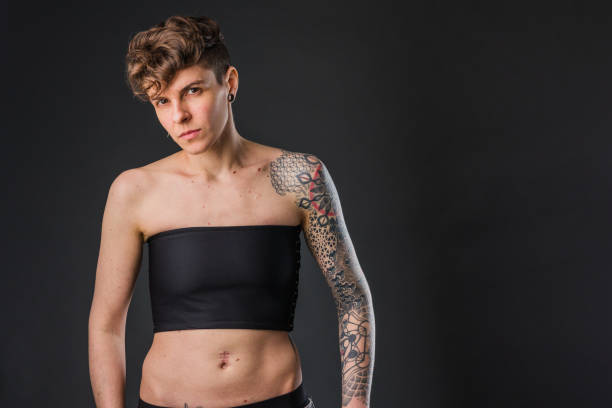Protected: Chest Binding 101

Source: iStock
Does Size Really Matter?
As a teenager, we’re all consumed with similar worries. From wanting to...
Weird (but normal) Body Facts
Our bodies are amazing and house many secrets! Are you curious to...
Does Breast Size Really Matter?
What You Need to Know About Your Vagina and Vulva
Have you ever looked at your body and wondered, “Is this normal?”...
Find Health Clinics Near You
A new map on the Indian Health Service website can help you...
Puberty: What Is Doctor Confidentiality?
Girls’ Reproductive Anatomy
Here are some answers to common questions about anatomy, including the vulva,...
Guys’ Reproductive Anatomy
Does size really matter? Many people worry about the size and shape...
Accessing Sexual Health Care for Minors
Bodies: Different Shapes and Sizes. All Beautiful!
Does Penis Size Really Matter?
Menstruation: What To Expect
Period Hygiene: Tampons, Pads and Menstrual Cups
Hi Auntie! I recently have been using crystals but am curious about Native American religion since I am Native American myself, I don’t want to betray any religion but I just want to know if I can believe in both!
see answerFind Us
Follow Us
Enter Phone Number to Subscribe:
Msg & Data Rates May Apply.
Text STOP to opt out. No purchase necessary.
Expect 4 msgs/mo.Terms and Conditions

